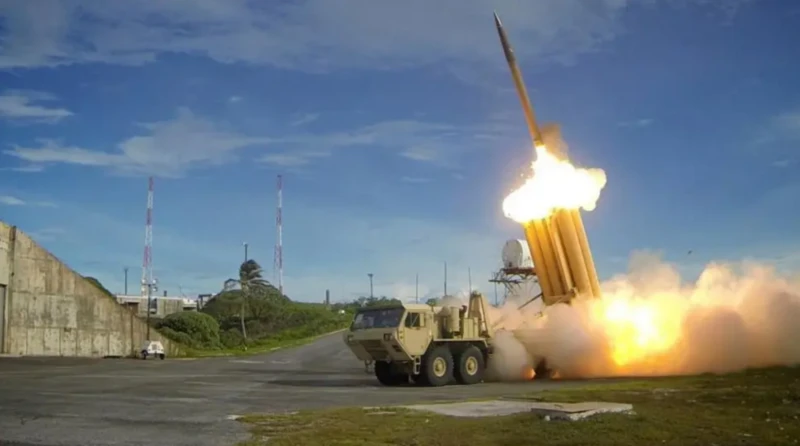**Hezbollah’s Slow-Moving Drones Become a “Deadly Headache” for Israeli Defense Systems**
-
Hezbollah’s slow-moving drones pose a serious threat to Israel’s defenses
-
Recent drone attack results in four Israeli soldiers’ deaths and raises concerns about air defense efficacy
-
Israeli Defense Minister addresses the challenge of countering drone threats
-
Iron Dome effective against rockets, but struggles with slower-moving drones
-
Rising incidents of drone incursions from Iranian-backed groups into Israeli airspace
-
Experts highlight the difficulty of detecting and intercepting drones
-
Israel exploring advanced technologies like lasers and microwave systems for drone defense

Hezbollah’s slow-moving, low-cost drones have emerged as a significant challenge for Israeli defense systems, especially following a recent attack that resulted in the deaths of four soldiers and numerous injuries at the Ben Yamina military base in northern Israel. This incident has raised questions about the effectiveness of Israel’s expensive air defense systems in countering such attacks.
Following the attack, Israeli Defense Minister Yoav Gallant visited the affected military base and mentioned that efforts were being made to find solutions to counter future drone attacks. While some parts of Israel’s air defense system, such as the Iron Dome, operate effectively, there are concerns about their capacity to intercept slower-moving drones, which can evade detection more easily than conventional missiles.
On the day of the attack, the sounds of explosions were intermittently heard as the Iron Dome targeted rockets launched from southern Lebanon. Israel claims to have successfully intercepted up to 90% of these targets. However, the simplicity of Hezbollah’s rockets makes them easier to track and predict their landing zones, allowing the Iron Dome to function effectively. In contrast, intercepting drones presents a more complex challenge.
In recent months, drones from groups aligned with Iran have penetrated Israeli airspace, including a July incident where a drone from Yemen reached Tel Aviv, and an October incident in which an Iraqi drone killed two soldiers in the Golan Heights. Just weeks later, another drone crashed into a nursing home in central Israel.

Dr. Yoasha Klasky, a senior researcher at the Institute for National Security Studies in Tel Aviv, noted that most of these drones are produced in Iran and supplied to Iranian-backed groups in Lebanon, Iraq, and Yemen. Drones are particularly difficult to detect with radar, as they fly at low altitudes and resemble birds. Dr. Klasky emphasized that intercepting them with fighter jets is challenging because drones fly at approximately 200 kilometers per hour, while fighter jets travel at around 900 kilometers per hour.
Israeli media reports indicated that Hezbollah launched two drones, likely “Ziad 107,” from Lebanon on Sunday. One drone was intercepted, while the other was lost and presumed crashed, only to later be found on a military base’s container.
Sarit Zahani of the Alma Research Institute stated that the drone attack was not merely a stroke of luck for Hezbollah; it had been planned for a long time. She witnessed the incident from her balcony, noting that as soon as the drone attack commenced, rockets were fired, and alerts were issued at the border, while the air defense system failed to respond effectively. Her institute has recorded nearly 559 incidents of drones entering Israel from the northern border with Lebanon, resulting in the deaths of 11 individuals so far.
In addition to the Iron Dome, Israel employs other defense systems such as “David’s Sling,” “Arrow 2,” and “Arrow 3,” designed to intercept ballistic missiles. The U.S. THAAD system is also set to be deployed in Israel soon.
Currently, Israel is striving to find a permanent solution to counter drone attacks. Dr. Klasky mentioned ongoing work on powerful laser systems and microwave cannons that could disable a drone’s electronics. There is hope that these new technologies will be available to Israel in the near future.







